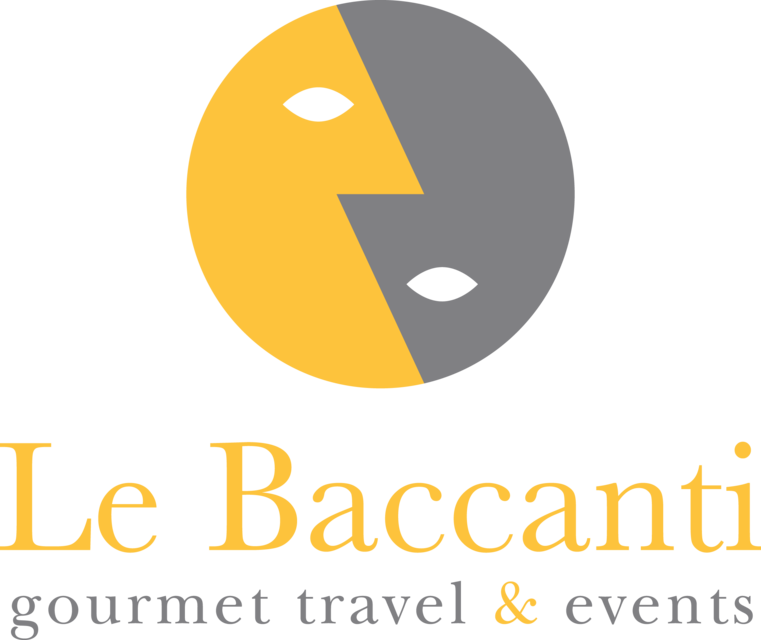Once there were seventy-two; now there are fourteen. Towers, that is - those mediaeval skyscrapers that are the unmistakable mark of San Gimignano, dramatically recognisable from miles away and dear to all toscanophiles the world over. Why and when were they built? Why and when knocked down? Like so many fortified or fortifiable hilltops in Tuscany, San Gimignanoeuros site bore Etruscan and later Roman military settlements in ancient times. By the ninth century of Our Era there had come to be a small citadella of a few hundred souls, prosperous enough from agriculture, vitnery and the wool trade to require a circle of walls with two gates, only traces of which remain. Whatever the place may have been called in the unrecorded centuries after the fall of Rome, the oldest known document that speaks of a castellum Sancti Geminiani, a town of Saint Geminianus, is dated 929. Sometime after 1100 the first circle of massive and largely still extant walls was built, now with four gates, three of them still standing. About then, too, the aristocracy began to build houses upwards, not only because space within the walls was at a premium but because in times of siege or riot a tower-home became a fortress within a fortress, a last redoubt. Moreover, the higher the tower the greater the ostentation of wealth and hence the political power. One always wonders when looking at great constructions of the past how such things could possibly have been built with the technology of their time: the only source of energy was a maneuros or an animaleuros muscles, no iron or steel implement was thicker than an axe head, gears were carved from wood, scaffolding consisted of hewn beams held together by ropes, measuring unites were arbitrary, compound pulleys were still far in the future . . . alone the quarrying and cutting of the stones, their transport often from miles away . . . *The two centuries between about 1100 and 1300 were the Golden Age of the Italian Comuni, more or less independent city-states. San Gimignano stood under the suzerainty of the Bishops of Volterra, powerful war-lords long locked in wars against Florence, Siena and Pisa who maintained San Gimignano as one of their cardinal forts. In spite of cruel vicissitudes that saw the town menaced now from here, now from there, at times besieged and starved but never sacked, it prospered so much that shortly after 1300 a new outer circle of very well fortified walls had become a vital necessity. Nearly all that circle is intact in all its drama, especially at and around the Porta San Giovanni or St. Johneuros Gate. By then the cityeuros own forces had sent the troops of the Volterra bishops packing and the government had established itself as a major power to be reckoned with. On 8th May 1300, Dante Alighieri, deep in the composition of the Divine Comedy, came as Florentine ambassador empowered to align San Gimignano on that side in the incessant intrigues among Florence, Siena and Volterra. He failed. For the next two and a half centuries the city flourished, with few reverses. One was the Great Plague of 1349-51 that wiped out between one third and on half of Europeeuros population and left San Gimignano, like every other place, devastated. But it recovered. The towers grew to seventy-two. Rich patrons cultivated the arts at a riotous pace even for Tuscany . . . any guide book will suggest the wealth on cathedral and palace walls and in a thousand nooks and crannies. The two excellent museums house some wonders. We yield to temptation and mention one our own favourite world-class works: on the inside front wall of the Collegiata or main cathedral, far too high up, the bewitchingly beautiful wood sculptures of the Annunciation, the Angel and the Virgin, carved by the great Iacopo della Quercia of Siena in 1421 and painted by Martino di Bartolommeo five years later. The production of the Vernaccia, a strong wine originally from Sardinia, became economically important towards 1450 and still is so today.Then, alas, came 1555. Florence, under the leadership of the deeuro Medici duke Cosimo I, conquered the Republic of Siena after centuries of indecisive warfare, and with it San Gimignano. It marked the end of the cityeuros commercial and cultural life. By ducal decree some fifty towers were knocked down over the next ten years for political humiliation of their owners, and all new building, ecclesiastic or secular, was severely prohibited euroforevereuro . . . and thus the rugged medieval character was preserved intact: there is nothing of the later Renaissance, no baroque, no rococo, no neo-classicism in sight. And for four centuries San Gimignano groaned in a lethargy of poverty and abandon. Not until after World War Two did gradual discovery of its purity bring revitalisation through tourism. How beneficial all the effects of that may be is open to serious question.




